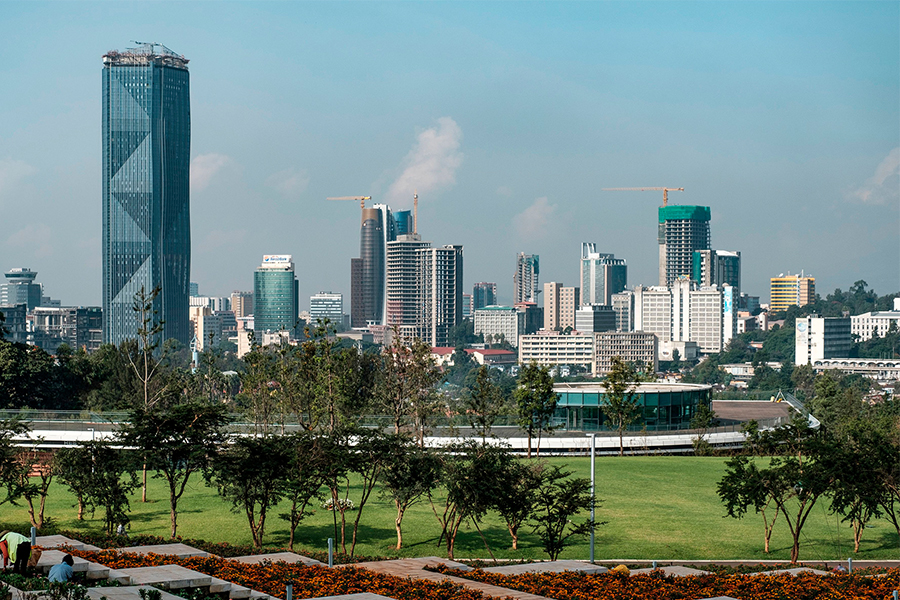
View From Arada | Jun 04,2022
When about 5,391 households, who had been residing in Guba, a village located 17Km from the Sudanese border, were told to resettle to new relocation centres a decade ago, the government had a plan to launch a mega project that would generate thousands of megawatts of electric power.
The resettlement was made for the construction of the Great Ethiopian Renaissance Dam (GERD), which changed its name three times, starting from the inception.
The project is one of the few incidents when the nation rallied for a united cause. It unified public participation of all Ethiopians in the country and diaspora with no divergence in age, gender, ethnic background and belief.
A decade ago the late Prime Minister Meles Zenawi launched the construction of Africa’s largest dam in the village of Guba. Though Meles had the guts to realise the project, the idea of building the Dam was conceived during the reign of Emperor Haile Selassie I, who tried to explore the opportunity of developing Abay Basin into a power generating plant with 10,000MW of electricity.
Coming toward reality, the foundation stone of the project was laid on April 2, 2011, with the nation witnessing a rare show of solidarity between the opposition and the ruling parties, which joined hands in support of the construction of the hydroelectric dam. It had an initial estimated cost of 80 billion Br.
The Dam, which changed its name from Project X to Great Millennium Dam and finally to Great Ethiopian Renaissance Dam, was initially planned to generate 5,250MW of power. It was designed to have 15 turbine units, each generating 350MW. The installed power generating capacity was also revised twice to 6,450MW and more recently back down to 5,150MW.
Salini Costuttori, an Italian company, was awarded a turnkey contract, while the troubled Metals & Engineering Corporation (MetEC) was subcontracted for the electromechanical works.
After nine years, the Dam has consumed close to 99 billion Br and has reached 68.6pc completion, generating no power so far. It already has close to 20 billion Br in cost overruns and even requires an estimated 40 billion Br in addition for completion.
The Dam was kicked off in five phases: a contract signing that was meant to be finalised during the first quarter of 2011; impounding that should have been started in the second quarter of 2013; early generation, scheduled to be launched in the third quarter of 2014; and the completion of civil work was planned to be concluded in 2016. The completion was scheduled for mid-2017.
The contractors hired for the project are engaged with three major works - civil, electromechanical and hydro steel structure. The civil work, which consists of five components, has reached 84.5pc completion. The main dam roller-compacted concrete, the powerhouse, the saddle dam, the switchyard and a gated spillway are all part of the civil work.
Out of the 10.7 million cubic metres of roller-compacted concrete, 8.5 million cubic metres was filled as of October 2019, pushing its status to 80.2pc. Construction of the saddle dam, a wall built at the edge of a lake or a reservoir to protect nearby land from flooding, is almost at the final stage and has reached 14 million square metres. The construction of the two powerhouses, which generate power, has reached 69pc completion.
The construction of the spillways that will ensure the water does not overflow and destroy the dam has reached 96pc. The construction of switchyard towers and high-voltage power lines that deliver electricity to the grid has reached 67pc completion.
Electromechanical works of the Dam, which includes the installation of the turbines, has reached 25pc. Most of the nine procured turbines have reached the Dam, while the remaining are in shipment. The nine turbines were manufactured by Alstom and Voith. The French Alstom Corporation supplied five turbines, while Voith Hydro Shanghai, a Germany-based Chinese firm, made four units.
The installation of two turbine units, for early generation, is underway. Early power generation, which is expected to be launched when the water level reaches 560m, is expected to start at the end of this year. The government scheduled to start power generation fully by 2022.
The hydro steel structure has also reached 15pc. The resettlement of the residents has been handled by the Benishangul Gumuz Regional State since 2014 in two phases with an 815 million Br budget. So far, 4,640 households have already relocated as of last week. The households were living in 26 kebelesunder six weredas.
These households have been relocated to 17 centres. The first group were resettled in six centres, and the second round of households will resettle in the remaining 11 centres.
"The remaining households will resettle before the end of this fiscal year before water filling starts," Asresahegne Abeje, director of the Dam's coordination office at Guba, told Fortune.
However, Ethiopia vows to start water filling this coming June, though the negotiations the country has with the two downstream countries, Egypt and Sudan, could not be closed with an agreement. All the talks held at the level of the International Panel of Experts; the Tripartite National Committee; a team of nine ministers from the countries; and the International Independent Scientific Research Group could not bring the countries on the same page.
Egypt has serious concerns over the water filling and operations of the Dam, claiming that it will have an impact on its downstream water share. The Egyptians have claimed that Ethiopia was reluctant to commit to a Nile water-sharing agreement signed in 1959. The accord allocated 55.5 billion and 18.5 billion cubic metres of water to Sudan and Egypt, respectively.
Ethiopian experts also argue that about 50pc of the water flowing to Egypt is wasted, due to evaporation on the open canals and the sprinkle irrigation systems that Egypt uses. If Egypt can save this wastage, the construction of the Dam will not be a concern for the country, according to the experts.
This strong push from Egypt led to the negotiations between the three countries, which was ended with the signing of the Declaration of Principles (DoP) in 2015. The agreement aimed at transforming "water conflict" into "water cooperation".
Following the agreement, the water ministers of Ethiopia, Sudan and Egypt jumped into technical negotiations and hired two international consultancy firms. BRL and its associate Artelia were hired to assess GERD’s hydrological simulation model during the filling process and environmental and socio-economic impact assessments to the riparian countries. The consultants submitted the inception report that was not accepted by the countries.
The two countries got embroiled in heated tension last October during the meeting that was held in Khartoum, Sudan. Unlike other meetings, Ethiopia refused to sign onto the minutes after Egypt's proposal for the participation of third parties at the negotiations, a move Ethiopia had rejected ferociously. It led to the suspension of the technical meeting until November.
Ethiopia appeared to change its stand of non-involvement of a third party in the negotiation after Egypt's President, Abdel Fattah al-Sisi, and Prime Minister Abiy Ahmed (PhD) met in Sochi, Russia, at the Russia Africa Business Summit. Ethiopia accepted the United States and the World Bank as observers.
This position change of Ethiopia has violated an agreement that was made between the International Panel of Experts, who agreed on the matter during a meeting that was in 2015 at Bishoftu, according to a source who is familiar with the process.
"In doing so, Ethiopia has conceded Egypt's position," said the source.
Following the announcement at the Sochi meeting, the foreign affairs and water ministers of the three parties went to Washington, D.C. to resume the technical meeting.
During the meeting, the three parties agreed on holding four technical meetings at the level of water ministers and scheduled to complete the agreement by January 15, 2020. The agreement also entailed holding two more meetings in Washington, D.C. to assess the progress of the meetings.
The trio agreed that Article 10 of the Declaration of Principles, where they may involve a mediator or refer the matter to their heads of state, would be invoked if the water ministers failed to reach an agreement. The negotiation was restarted in Addis and went smoothly. The second technical meeting was held in Cairo, while the third was held in Khartoum in December last year.
In the negotiations, Egypt came up with new terms, such as a guaranteed minimum of 40 billion cubic litres of water flowing into the country annually. It also wants the water filling to last between 12 to 21 years and demands the GERD be connected to the Aswan dam.
Egypt is already suffering from a significant water shortage, which reached 21 billion cubic metres, according to Abdel Ati (PhD), Egypt's minister of Water & Irrigation.
"This deficit is currently being addressed by extensive drainage and water treatment," said Ati.
However, Ethiopia said that the minimum water flow should be 35 billion cubic litres and that the water filling has to last between four to seven years. Connecting GERD with Aswan is unthinkable, according to Ethiopia.
The fourth and final meeting was held in Addis Abeba focusing on water filling and operations of the Dam and drought mitigation. The two-day meeting ended with a deadlock.
"They [Egyptians] came with a new matrix, which is not equitable with the clear water filling timetable agreed to by the three countries," said Seleshi Bekele (PhD), minister of Water & Irrigation, after the meeting. "They proposed the water filling to last between 12 to 21 years."
At the filling stage, the countries have agreed to use two methods for drought mitigation. During extreme drought and when the water level is low at Aswan, Ethiopia will release the full flow, postponing the filling. Ethiopia has also agreed to release water from the stored water during the severe drought.
Seleshi told the media the meeting ended with disagreement, since Egyptians came to the meeting without any interest in reaching a deal. He also stated that the team would report on the issues to the Prime Minister. He also said that the team would travel to Washington, D.C. for courtesy and to report the progress of the four meetings.
However, during the latest meeting held this week, Ethiopia sent lawyers and consultants along with its Water and Foreign Affairs ministers. The three countries also jumped into a negotiation and agreed on certain points.
The trio agreed on the water filling to take place during the rain season from July to August and will continue in September under certain conditions. An initial filling will start at 595m, and the early generation of electricity will be made while providing appropriate mitigation measures in case of severe droughts during this stage.
But no agreement was reached on how many years it will take for the Dam to be filled, according to Seleshi, who gave a press briefing with Foreign Affairs Minister Gedu Andargachew at the Ethiopian Embassy in Washington, D.C.
The ministers of the three countries also agreed to meet again in Washington, D.C. on January 28 and 29 to finalise a comprehensive agreement on the filling and operation of the Dam. There will also be technical and legal discussions in the interim period.
As it is, the agreement they made is general, according to a hydroelectric expert.
"The devil is in the details," he commented. "The core issues will be dealt with in the next meeting in Washington, D.C."
However, he recommends the officials from the Ethiopian side consult the people and experts before reaching any agreement.
"They should also be transparent to the people in every stage," he said.
PUBLISHED ON
Jan 18,2020 [ VOL
20 , NO
1029]

View From Arada | Jun 04,2022

News Analysis | Apr 13,2024
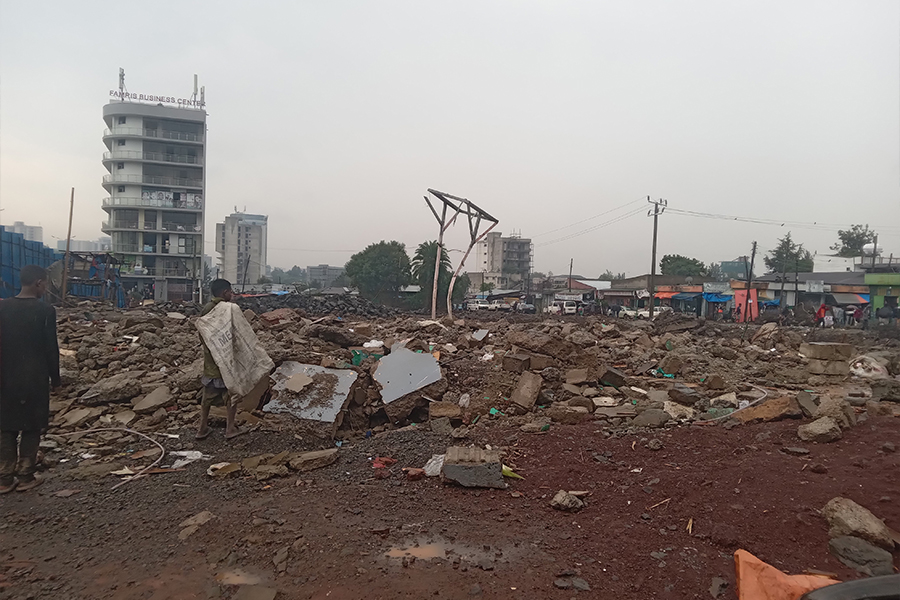
In-Picture | Jul 21,2024

Radar | Jan 19,2024

Radar | May 28,2022
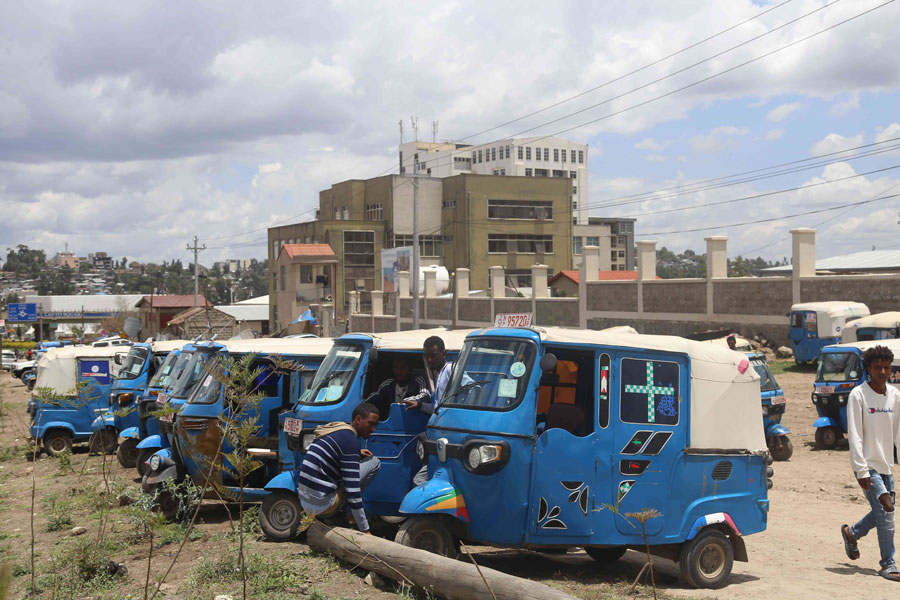
Agenda | Apr 09,2023
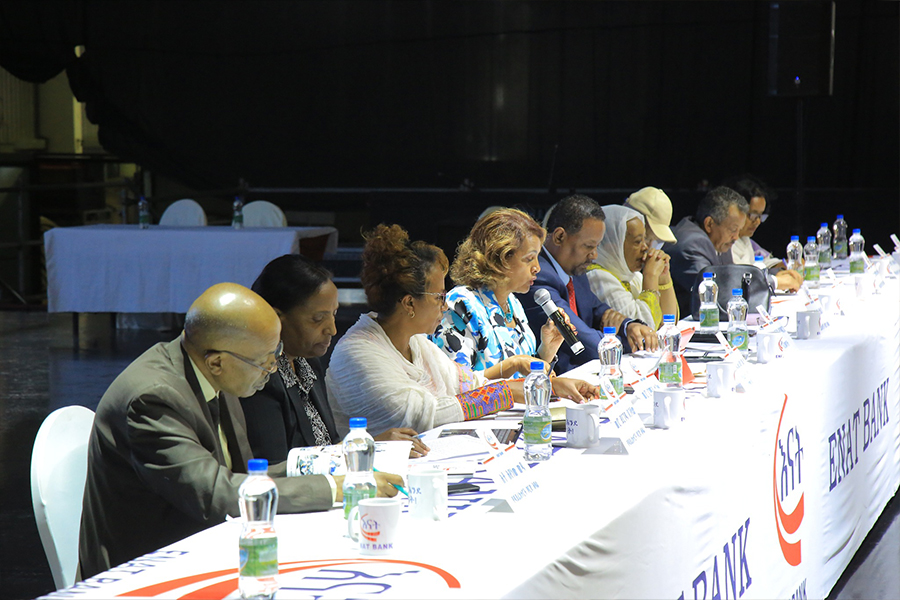
News Analysis | Mar 02,2024

Radar | May 27,2023

Commentaries | Apr 28,2024

Life Matters | Sep 03,2022

Jul 13 , 2024 . By AKSAH ITALO
Investors who rely on tractors, trucks, and field vehicles for commuting, transportin...

Jul 13 , 2024 . By MUNIR SHEMSU
The cracks in Ethiopia's higher education system were laid bare during a synthesis re...
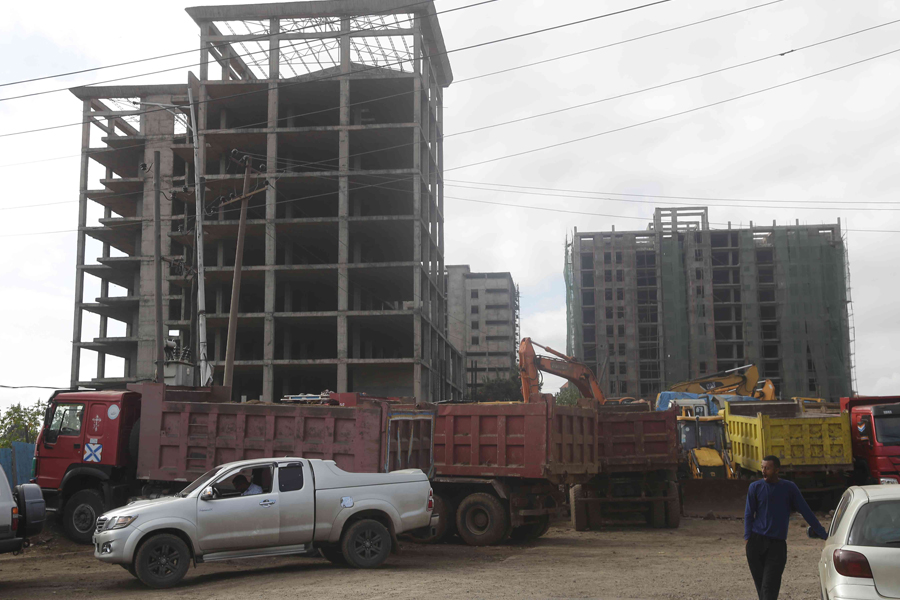
Jul 13 , 2024 . By AKSAH ITALO
Construction authorities have unveiled a price adjustment implementation manual for s...
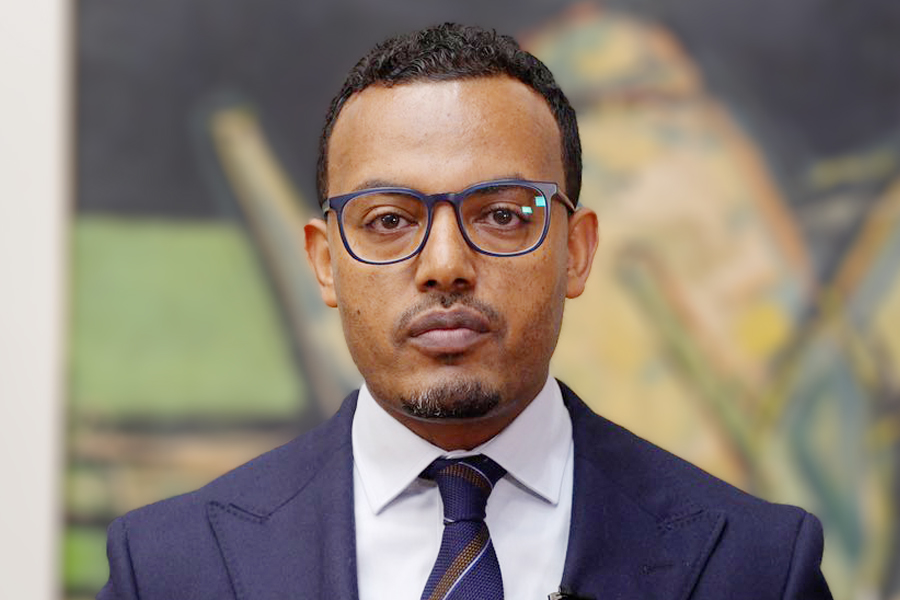
Jul 13 , 2024
The banking industry is experiencing a transformative period under the oversight of N...
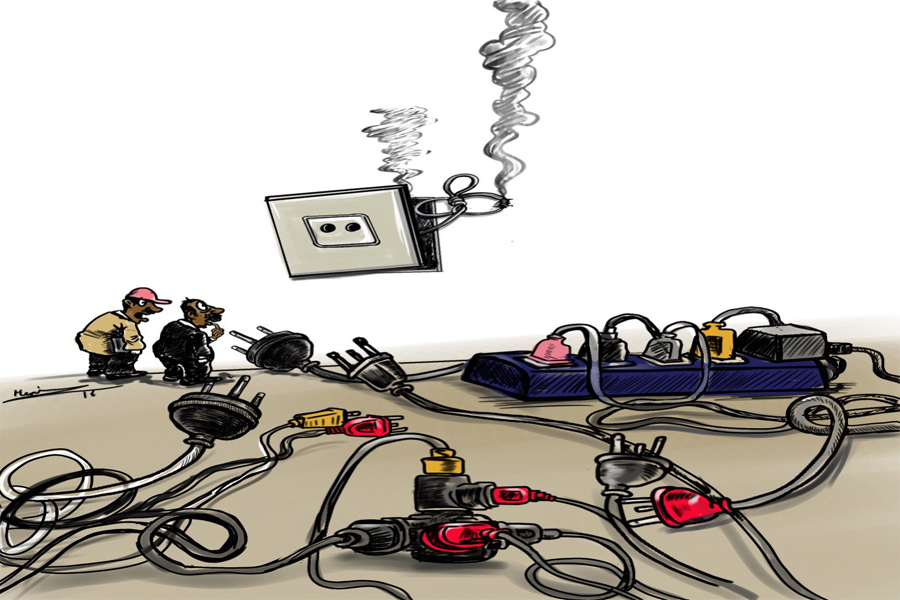
Jul 20 , 2024
In a volatile economic environment, sudden policy reversals leave businesses reeling...

Jul 13 , 2024
Policymakers are walking a tightrope, struggling to generate growth and create millio...
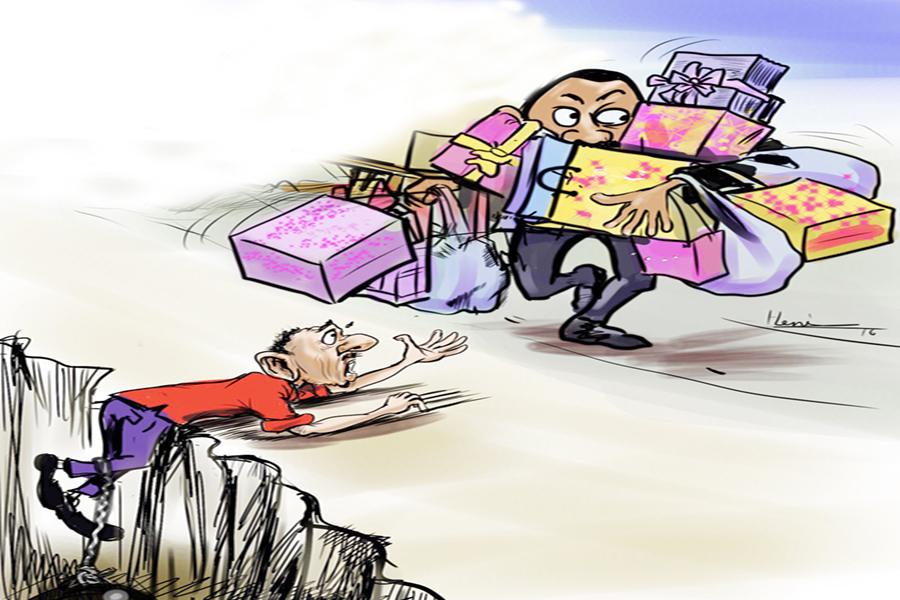
Jul 7 , 2024
The federal budget has crossed a symbolic threshold, approaching the one trillion Bir...

Jun 29 , 2024
In a spirited bid for autonomy, the National Bank of Ethiopia (NBE), under its younge...